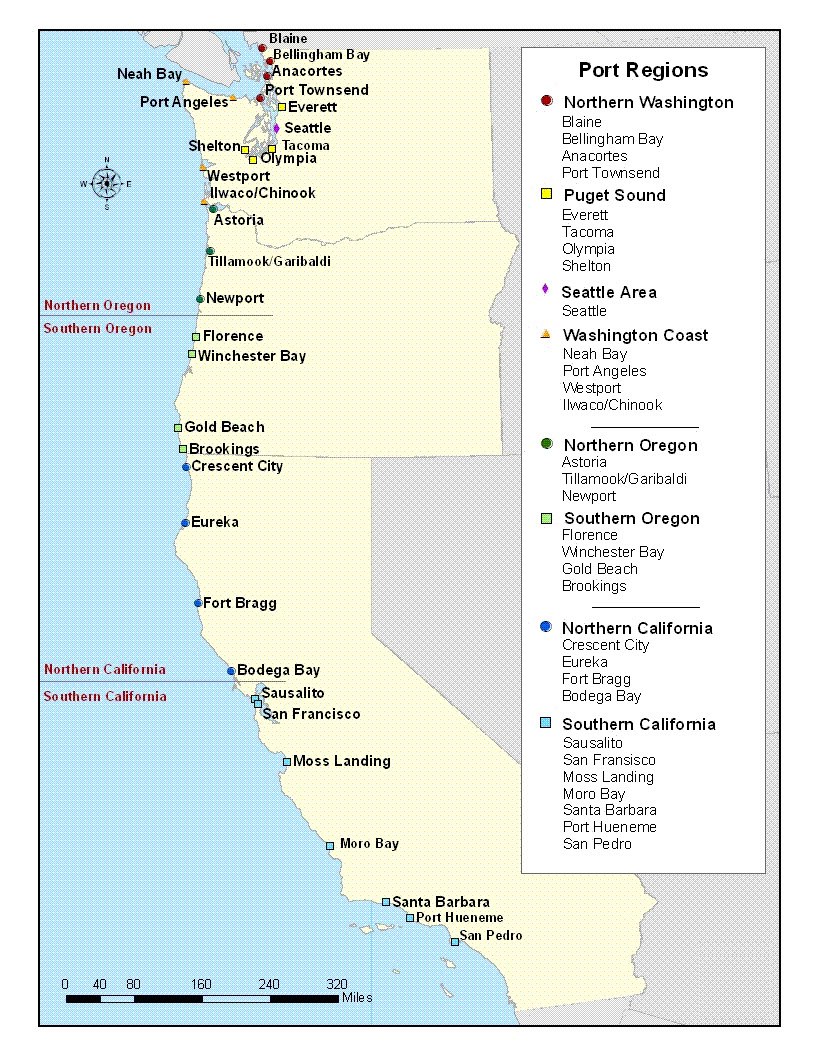The west coast port is a bustling hub for import and export between the US and Asia. According to statistics, the port handles approximately 60% of cargo entering the US from Asia. However, in recent years, the port has experienced major shortfalls in its modus operandi, which has resulted in poor execution and provision of its services. Consequently, the port has experienced reduced cargo handling capacities over the years. For instance, its cargo handling capacity has reduced from 60% in 2002 to 44% in 2014 and these figures are expected to decrease even further.
The port congestion can be blamed on a variety of factors such as short gate hours, inefficient unloading and loading of vessels, moving containers across the yards, and constrained labor relations. The latter serves as the major problem afflicting the port since it has resulted in massive slowdowns of port operations.
The causality of the problem is due to a lack of renewal of the contract between the International Long shore & Warehouse Union (ILWU) and Pacific Maritime Association (PMA), which expired in June 2014. The stalled talks have resulted in a slowdown in port operations since October and there are further calls for a cessation of port operations through strikes.
According to industry experts, such an action could result in the US economy losing approximately $2.1 billion daily due to delayed cargo, missed sales opportunities, loss of business to other countries, among others. Therefore, majority of traders and players in the cargo handling business are considering moving their operations to east coast ports that have better operations. However, the downside to this move would be increased costs of transportation since cargo would have to be transported from the East coast to the West coast via rail or road. Industry players are proposing that west coast port problems be handled expeditiously and efficiently before their effects adversely affect the US economy.

